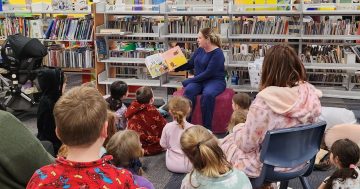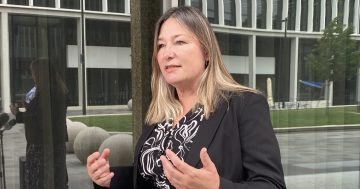
Hot on the heels of the Auditor General’s inquiry into the performance of ACT schools, the Australia Institute has released a new report that suggests that ACT schools in high socio-economic regions are performing poorly compared to similar schools across the country. This report raises further questions regarding whether or not we are doing the very best in relation to children and young people’s education in the Territory.
This is not the message that parents are used to hearing – we normally hear how well ACT schools perform and how our schools are the best performing schools in the country. This hasn’t always rung true with our experiences, however, and these recent reports shed some light on what might be going on – while averages look good, when we look at similar schools the picture is not as rosy.
Canberrans are rightly proud of our education system. Those of us who are engaged in the school system see every day how hard our teachers and administrative staff work to provide a great educational experience for our children and young people. For many children, they thrive in an environment that is stimulating, diverse and challenging. It seems however, for a growing number of our children, the system is letting them down. For parents who have struggled to get the testing and information required to pinpoint the support needed for a child needing assistance, or tried to find additional resources to help once an issue is identified, it is hoped that this deeper analysis can drive policy change and improve education experiences for all of our children.
Drawing on the results of NAPLAN testing, the study found that when ACT schools in higher socio-economic areas are compared to similar schools in other jurisdictions, these schools have tended to perform more poorly than similar schools. Disturbingly, this performance also seems to be declining over time.
The report reflects in reasons for the findings, and while identifying a range of potential factors, the discussion focuses particularly on two of these. The first of these is questioning on definitions and issues with the way schools are grouped, and issues that are not factored in with these definitional groupings. The second factor is more controversial and suggests that teaching methods are having an impact – encouraging higher use of direct teaching methods. It also highlights the very wide variation of resourcing of particular schools – up to $6,000 per student in different government schools and $10,000 per student in the private sector.
The Education Union has responded sharply to a questioning of teaching methods. The Education Directorate has responded that this provides similar information to that provided in the Auditor General’s report and the recently announced The Future of Education process will improve the situation. This process aims to create a platform for a community conversation to drive a blueprint for the education system into the future. The Australia Institute suggests a public inquiry is warranted to better understand what is going on.
As a parent who is always in awe of the great job my local school does, I still think these reports are raising important questions regarding how well our education system is performing. What do you think should be done to improve our school system?





















